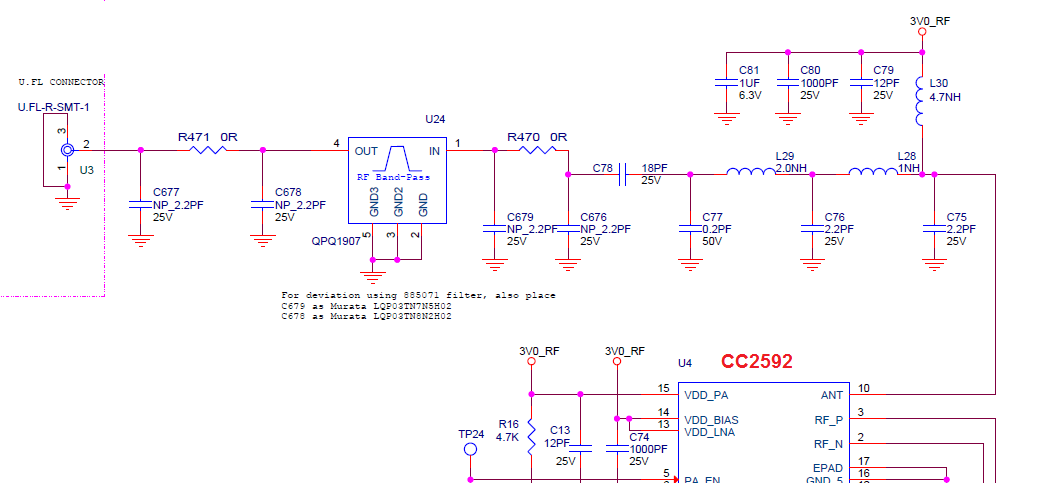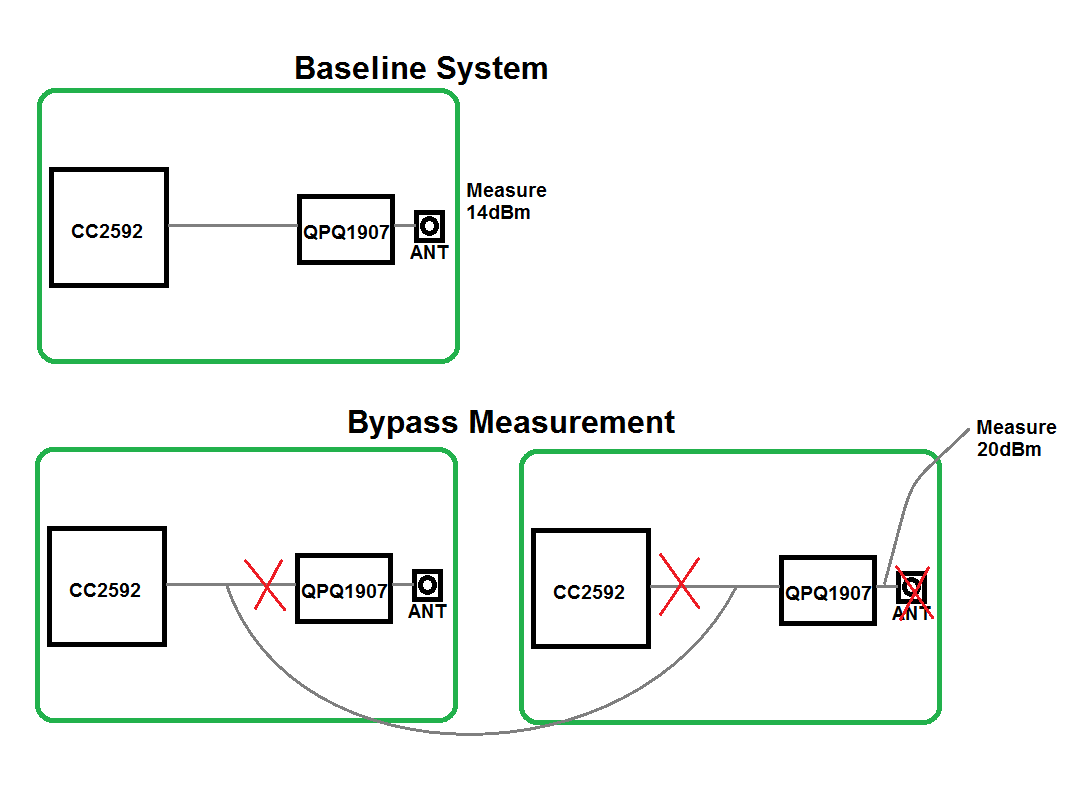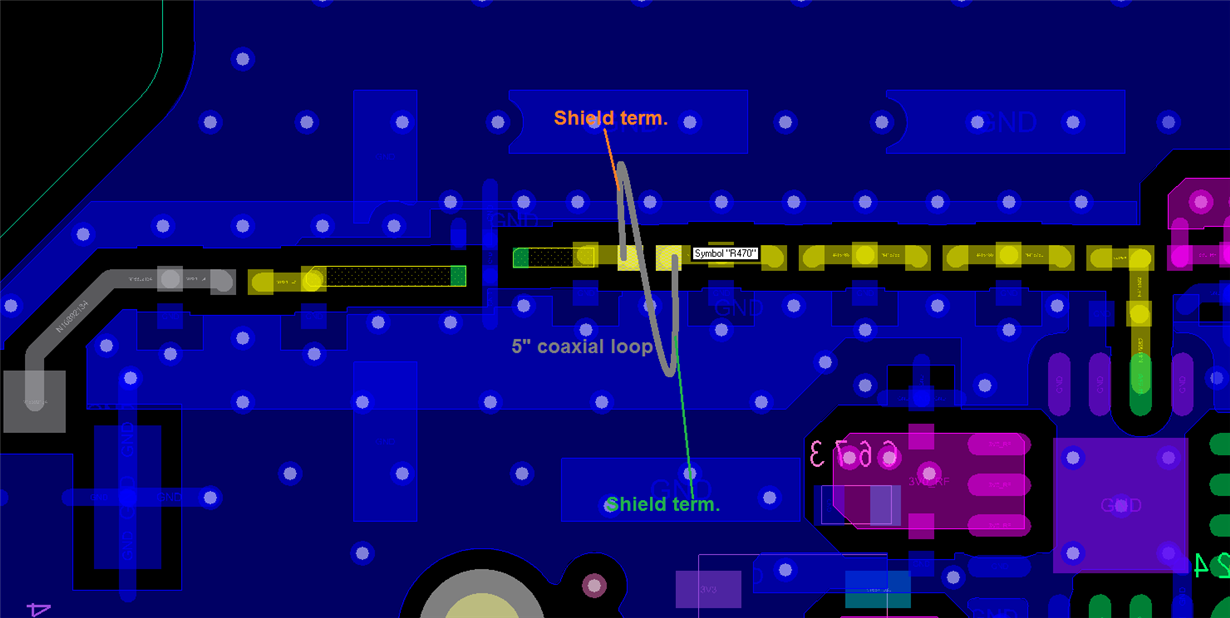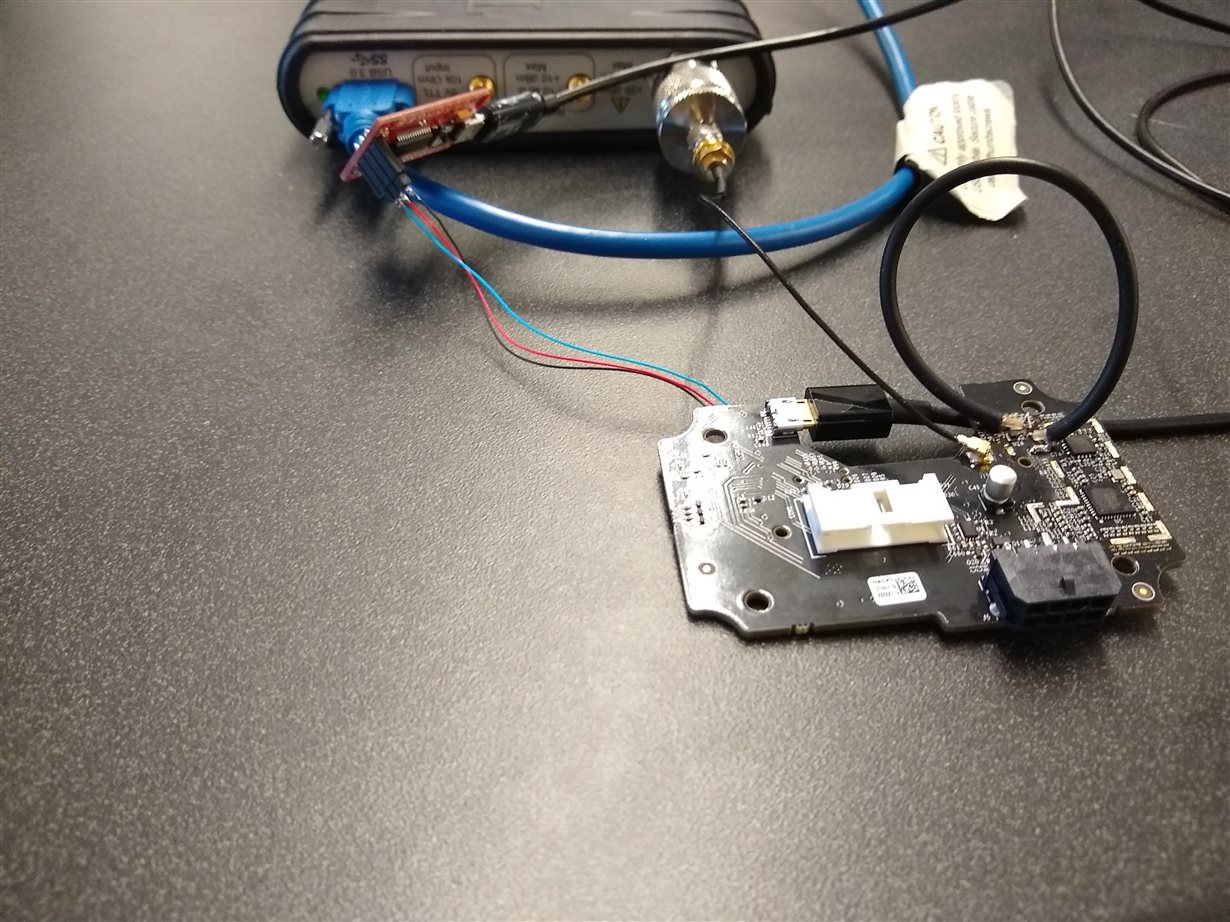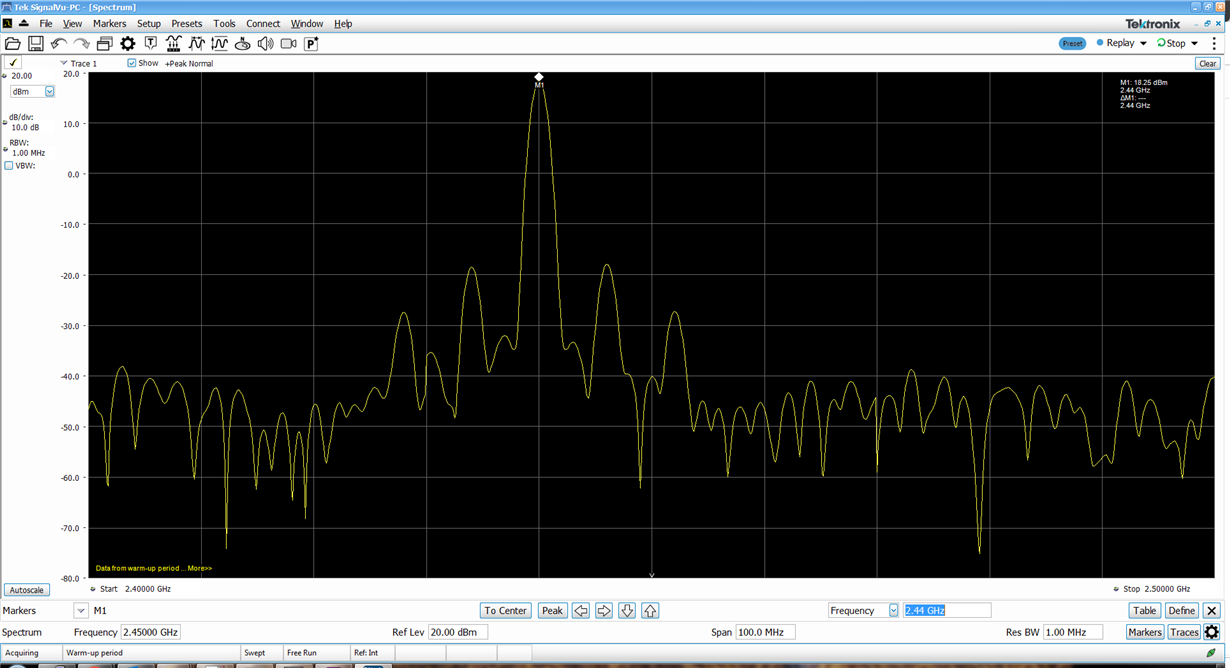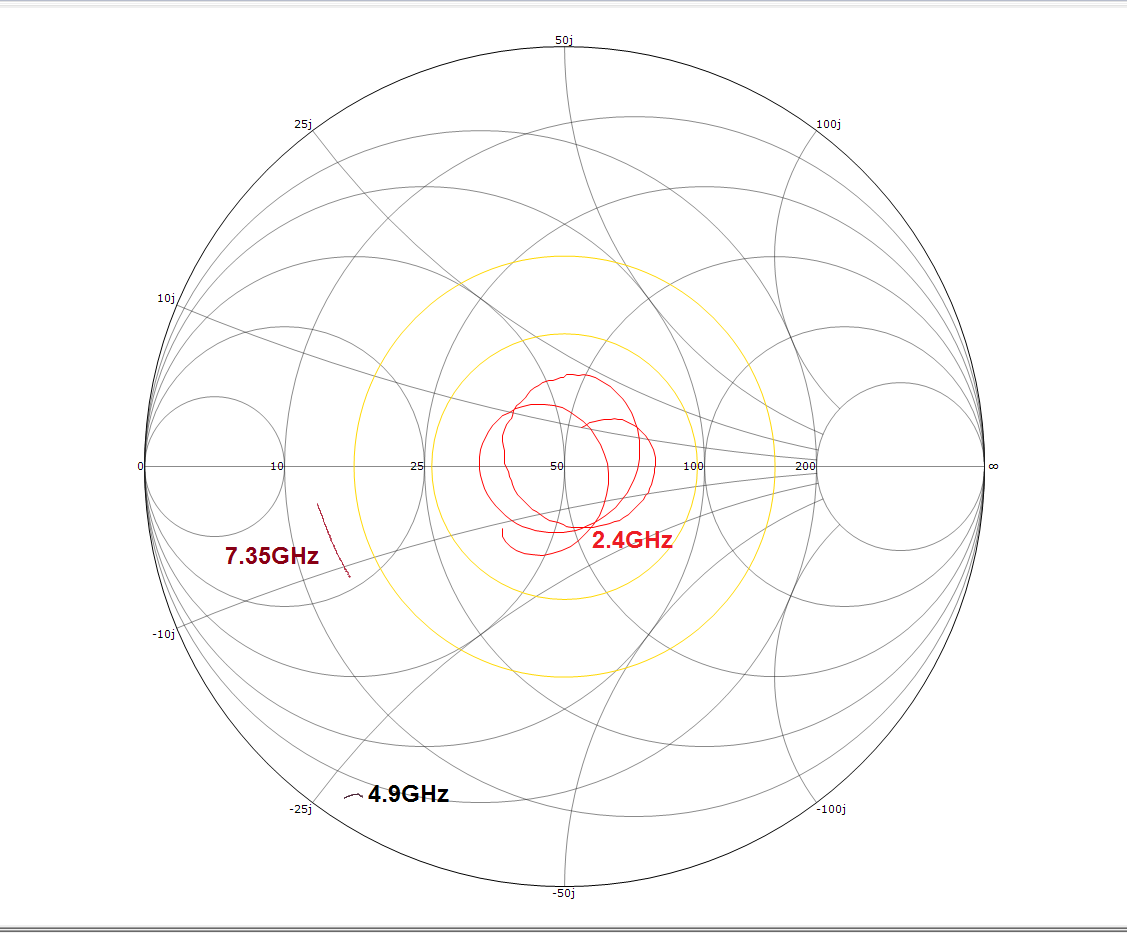Other Parts Discussed in Thread: CC8520, , CC1190
Hello,
We recently revised our board designs (CC8520 + CC2592) to incorporate a Wifi + LTE coexistence filter (Qorvo QPQ1907). The filter was found to immensely improve our wireless range when trying to operate near cell towers.
I seem to be finding that the filter drops our conducted power substantially. Where we were getting over +20dBm in the old boards, now we're only seeing around +14dBm in the new boards. If I modify a new board to bypass the filter, I get the +20dBm back. The insertion loss for the filter shouldn't be more than about 1.5dB, and I confirmed this via network analyzer on a modded board, so I don't have an explanation for where the power has gone.
The suggestion I wanted to offer to TI for comment is, could the steep rejection of the QPQ1907 filter at the CC2592's harmonics be causing a problem that upsets the PA? I saw posts elsewhere on these forums where TI mentioned that performance at the harmonics was key so that seemed like a possible explanation. Could you look at my schematic and the filter datasheet and let me know?
By the way we have both a transmitter board and a receiver board that are now using the QPQ1907 + CC2592 + CC8520. Both boards show the same behavior (old rev had +20dBm, new rev has +14dBm, new rev goes up to +20dBm if the filter is bypassed). Let me know if I can provide more data for you.
edit: link to the post that mentions harmonics
https://e2e.ti.com/support/wireless-connectivity/zigbee-and-thread/f/158/t/662482
Thanks,
Arthur


